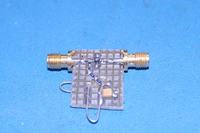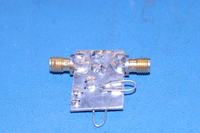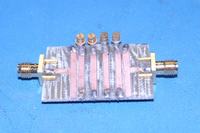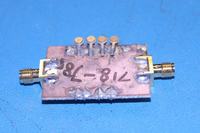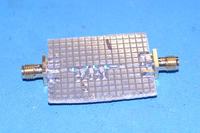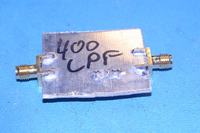ahmed osama
Full Member level 6
- Joined
- Jul 18, 2004
- Messages
- 352
- Helped
- 2
- Reputation
- 4
- Reaction score
- 0
- Trophy points
- 1,296
- Location
- Cairo, Egypt, Egypt
- Activity points
- 2,652
Dear all
now i have Bsc in Elec. & Comm from 4 years
i have studied basic analog design mainly ( cmos op-amp ,adc , dac...etc) and also digital design and basic VLSI
also i have studied electromagnetic (TL , Rect. WG , Circualer WG, basic antenna)
about tools i worked on MatLab & Simulink . OrCad
have some info. about Ansoft HFSS
BUT ALL THAT from 4 years WITH ZERO Experience !!!
How To start to be RF desinger & wokring from the HOME through internet
thx all
plz help
give ur tips
now i have Bsc in Elec. & Comm from 4 years
i have studied basic analog design mainly ( cmos op-amp ,adc , dac...etc) and also digital design and basic VLSI
also i have studied electromagnetic (TL , Rect. WG , Circualer WG, basic antenna)
about tools i worked on MatLab & Simulink . OrCad
have some info. about Ansoft HFSS
BUT ALL THAT from 4 years WITH ZERO Experience !!!
How To start to be RF desinger & wokring from the HOME through internet
thx all
plz help
give ur tips
